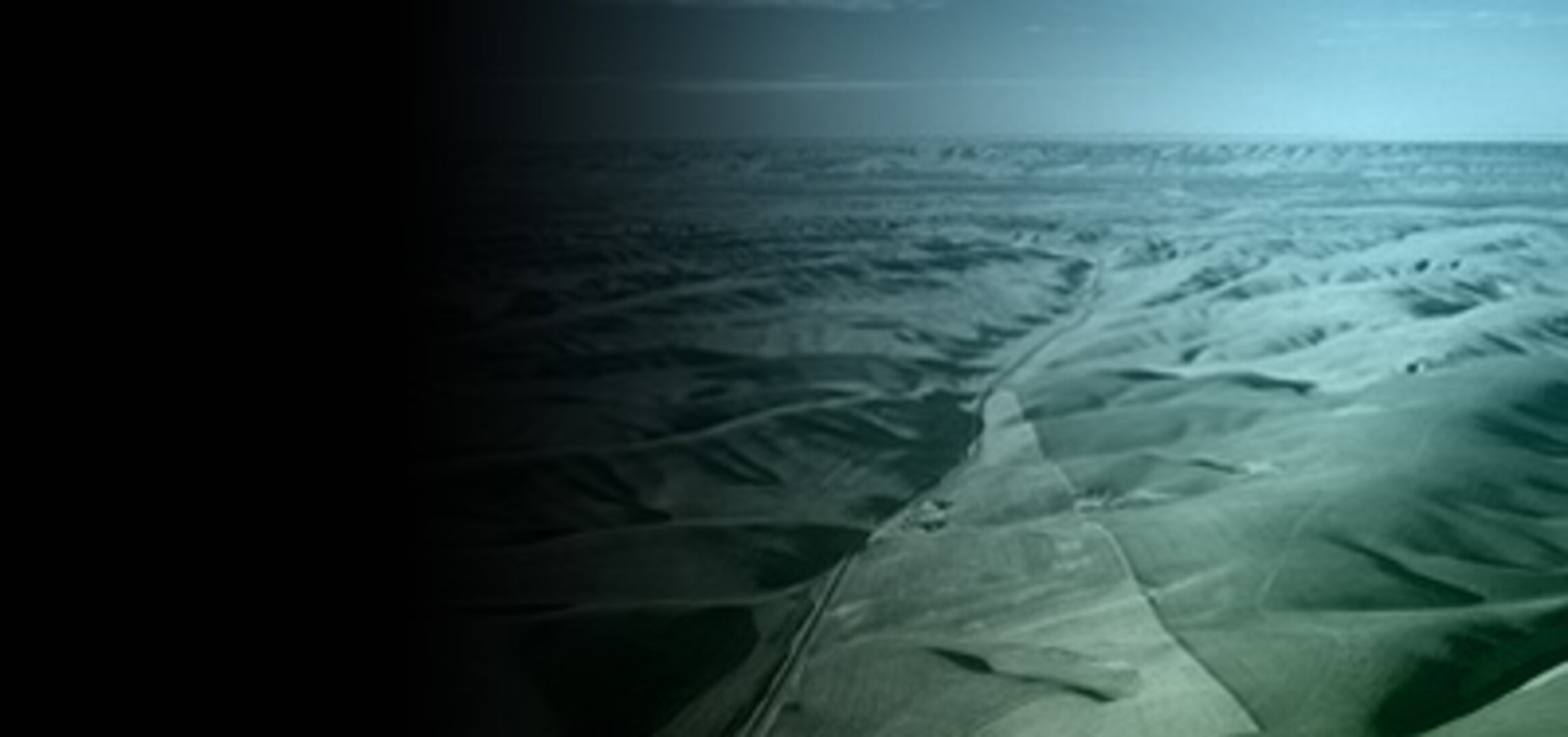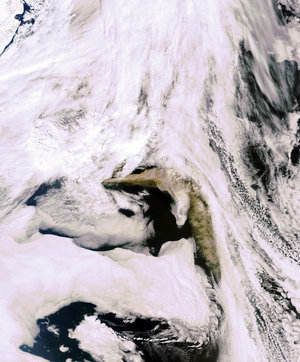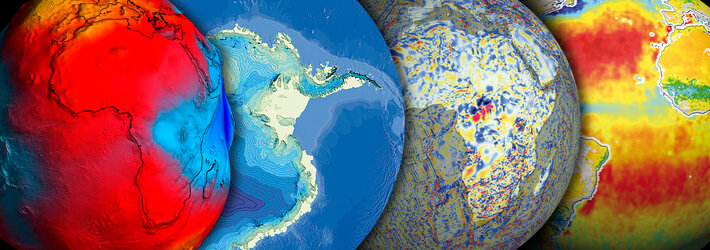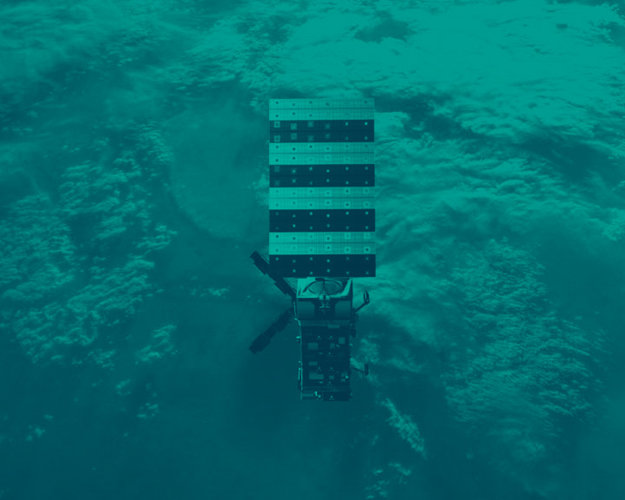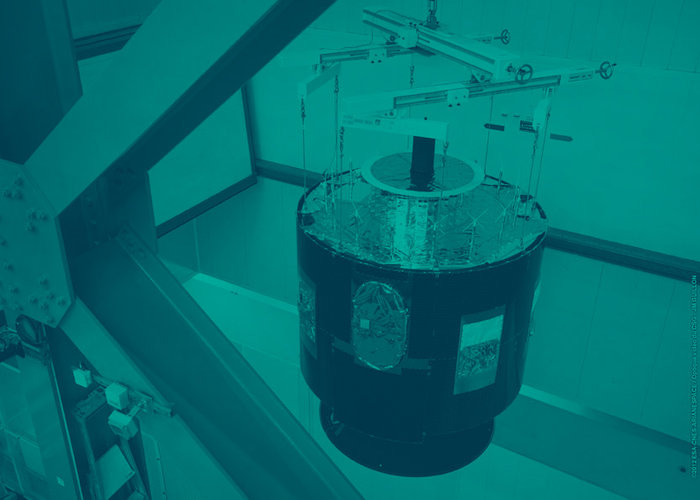Overview
The land surface of our Earth is home to humankind as well as most of the world's flora and fauna. Though dwarfed by the sea it still covers a vast area: if all Earth's land was put together without the oceans it would form a planet only slightly smaller than Mars.
Getting to know our home ground
Billions of years of geological movement, atmospheric weathering and sustained biological activity have left the Earth's land surface with the most varied terrain in the solar system. Satellite observations let us know our home ground in greater detail than ever before.
Satellite sensors enable the objective global classification of surface land cover, mapping the distribution of forests, deserts, water bodies, agricultural land and human settlements. They can also be used to precisely measure surface topography.
Minerals and biomass
Light from the Sun shining back from the Earth's surface is not perfectly reflected: its spectrum has been altered by contact with materials on the ground.
By identifying changes in this reflected light, a class of satellite instrument called a spectrometer can obtain information about the surface.
Space-based spectrometers can measure ground temperatures, map individual minerals out of the two thousand or so found on the Earth's surface, and even – in concert with radar results - assess the density and health of vegetation, down to their particular crop breed, water content and stage of development.
That ability becomes scientifically useful because it lets scientists know the extent of surface biomass in such a detailed way that its role as a significant 'sink' of carbon can be more accurately included in future models of climate change.
Identifying surface change
Amassing land cover data enables researchers to see how it changes over time. Analysis of archived data helps accurately chart the rates that deserts are growing and forests are cleared, a coastline erodes or urban settlements grow. On a more rapid timescale, comparing satellite images can swiftly identify the damage done by disasters such as earthquakes, fires or floods.
Combining radar imagery with a technique called interferometry can identify tiny changes in land surface down to a scale of millimetres: this can be used to monitor urban subsidence as well as the slow movement of tectonic plates and the 'breathing' of volcanoes.


